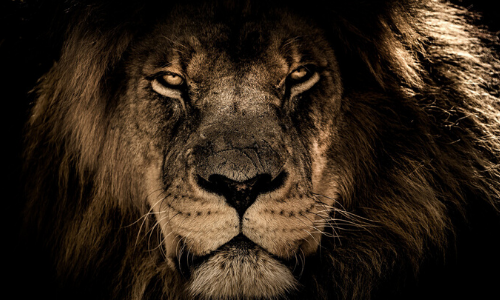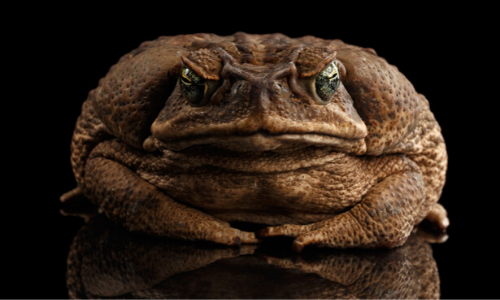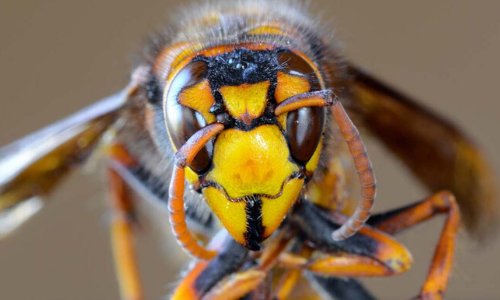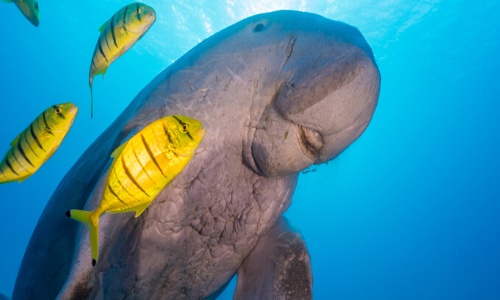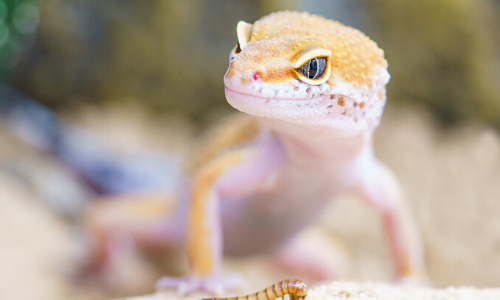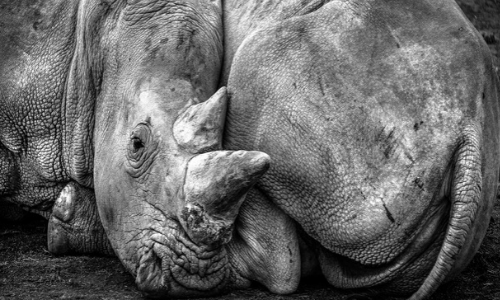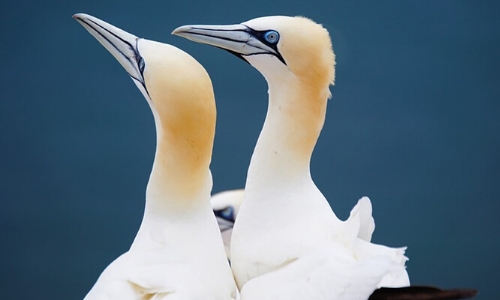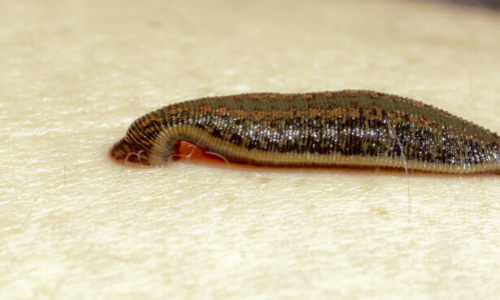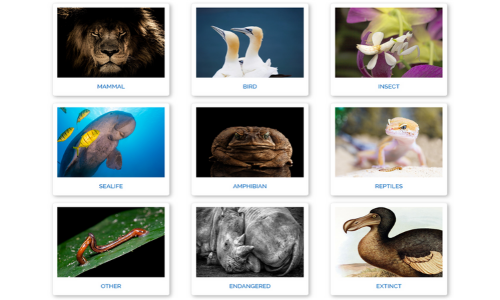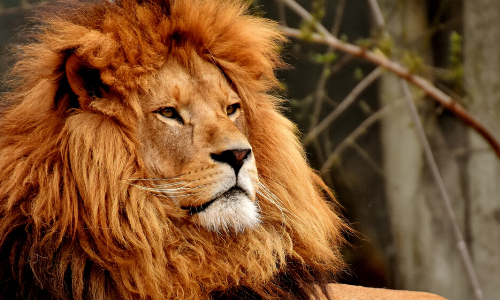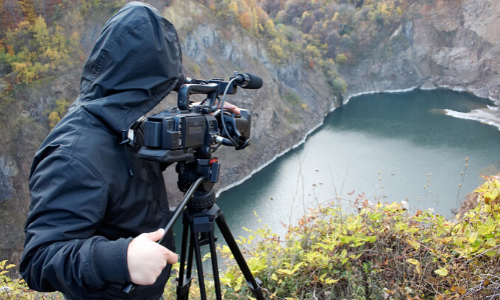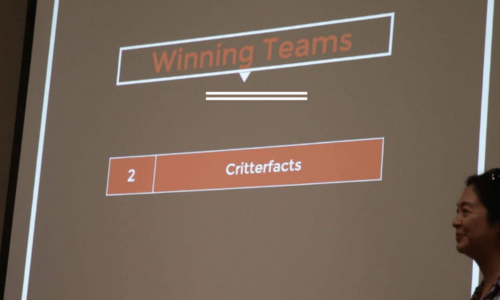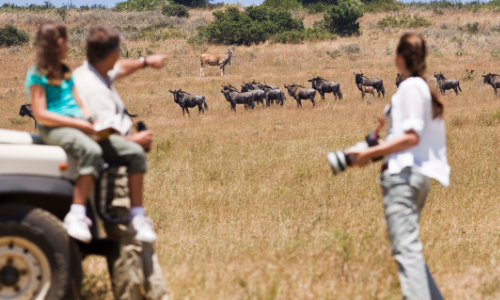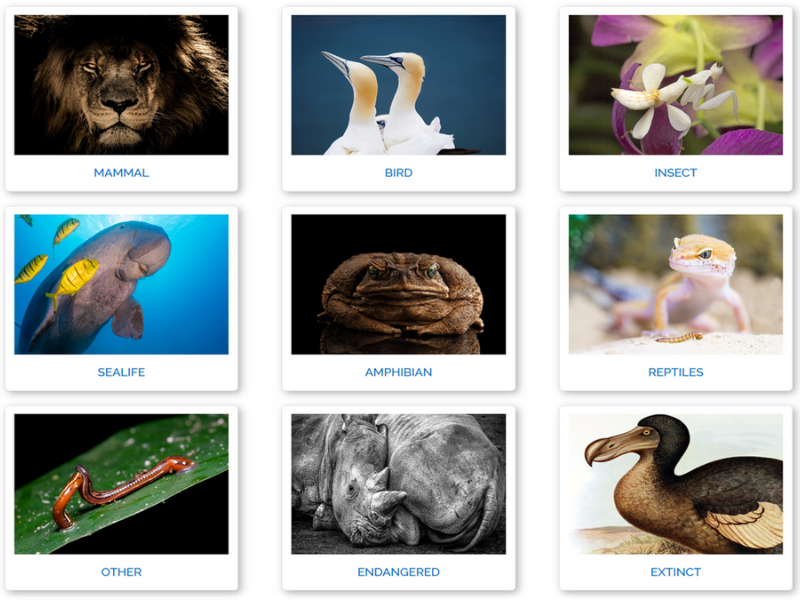
Satanic Leaf-Tailed Gecko
Their large eyes do not have any eyelids, so these leaf-tailed geckos lick their eyes to keep them free of dust and debris.

Saiga Antelope
During the summer, the saiga antelope’s nose helps filter out dust kicked up by the herd and helps cool the antelope’s blood.

Rock Hyrax
They have small tusks that come from their incisors, like elephants, as opposed to most other tusked mammals where the tusks come from the canines.

Puli
The Puli’s corded coat provided protection for its main purpose in Hungary: guarding and herding livestock. Their dense coat could withstand a wolf’s bite!

Mountain Viscacha
Their legs and feet are used more for jumping than digging so they form shallow burrows in rock crevices instead of tunnels.

Madagascar Hissing Cockroach
The Madagascar hissing cockroach makes its characteristic hissing noise by forcefully expelling air through their respiratory openings.

Gila Monster
Gila monsters are named after the Gila River Basin in Arizona, where they were first discovered. Their one living relative is the Mexican beaded lizard.

Dhole
Dholes whistle loudly to help coordinate their large packs through thick brush, but scientists don’t know how the sound is made.

Shingleback
Most skinks look the same, however, the shingleback looks the most distinguished with its wide head, stubby tail, and armored body.

Sea Urchin
A sea urchin’s tube feet are controlled through pumping water in and out of them, which is why it’s important for them to remain in the water.

